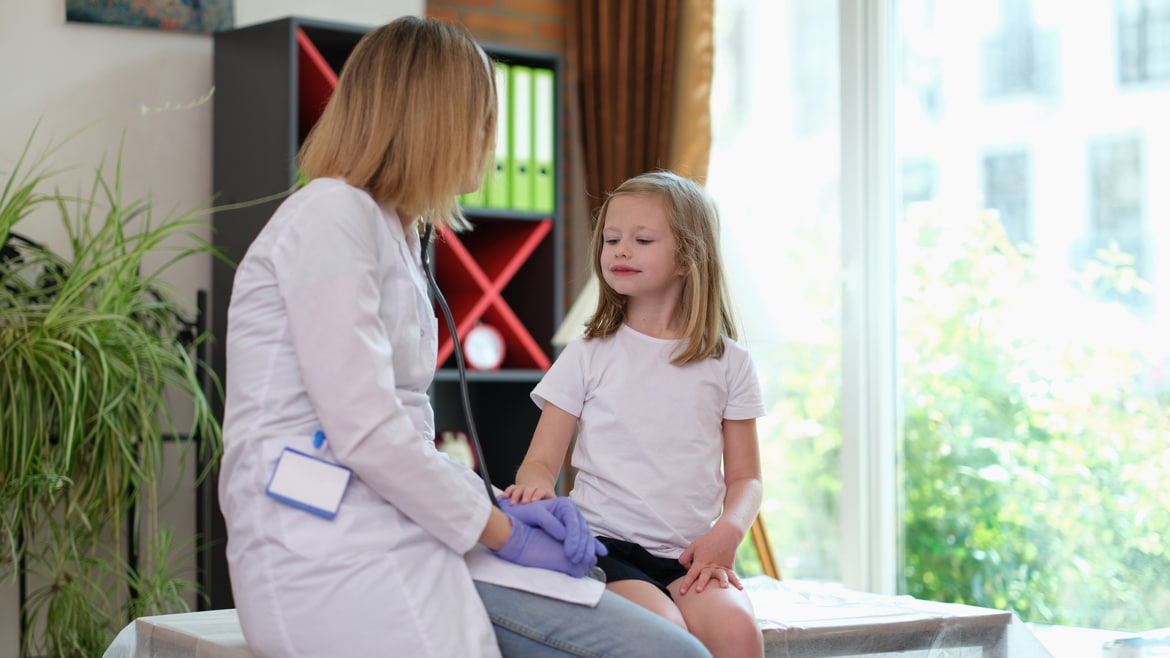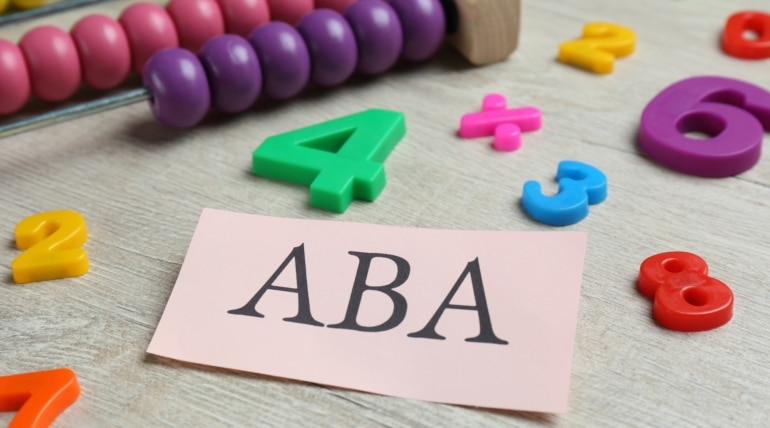Applied Behavior Analysis shares a unique overlap and bond with the field of Occupational Therapy where Autism is concerned. Simplified, applied behavior analysis focuses on social skills and language development while occupational therapy concerns itself with basic, everyday life skills that are used at home and school.
Both therapies have significant contributions to an autistic client’s repertoire and are often utilized together to form additional support for the child.
Breaking it down even further, let’s take a deeper look into how ABA therapy and occupational therapy are similar and different.
Applied Behavior Analysis:
- Aids children with Autism in overcoming behavioral struggles that are interfering with their skill acquisition or language development
- Focuses on teaching autistic children new skills through shaping and chaining procedures, primarily
- Addresses behavioral excesses and deficits
- Identifies maintaining variables of challenging behaviors, such as self-injurious behavior or elopement
- Concerned with generalization of new skills to all environments, not just the ones the child typically experiences
- Largely focused on verbal behavior such as communication, tacting, and manding skills
- Work to build proper form for things like handwriting or toothbrushing
- Identifies with the field of psychology to address behavior change
Occupational Therapy:
- Children set goals and master criteria for daily life skills such as writing, tying shoes, and buttoning shirts
- Focuses on fine and gross motor skills to develop life skills
- Specific focus on the individual child’s natural environment and the skills needed to complete activities and daily tasks in that environment
- Works to build weakened fine motor muscles to be able to physically do tasks like holding a pencil or toothbrush
- Combines with the medical field to address deficits in certain areas of the body and/or brain
As mentioned, there are many overlapping elements of ABA and occupational therapy. Often, parents of children with autism seek treatment from a multidimensional approach that includes ABA, OT, and sometimes speech and/or feeding therapy. Some of the overlapping components of ABA and OT are:
- Both OT and ABA are goal-oriented and data-driven
- Play-based programs are a large component of both ABA and OT as they focus on tasks and skills necessary for their natural environments, such as home and school
- Social and self-care skills are a major focus of both ABA and OT
- OT and ABA both seek to identify skills and tasks that are important to the individual child and their daily routine
- Both therapies manipulate natural environments to ensure success for the child’s development
Is there a “right” therapy for your child with Autism?
The uncomplicated answer is no. Your child is unique, and their Autism diagnosis identifies your child as being part of a spectrum. No two children are alike when it comes to their individual needs and level of functioning, therefore, it is impossible to say that ABA or OT is right for every child with ASD.
Applied Behavior Analysis remains the only evidence-based therapy approved for children with Autism. It is highly recommended that parents do their research to at least explore the option of ABA for their children to see if it is a good fit for their family. Additional therapies such as Occupational therapy, feeding therapy, physical therapy, or speech therapy may also play additional roles in helping your child have the highest quality of life and success in their future.




